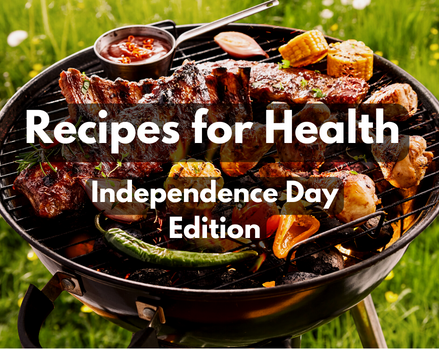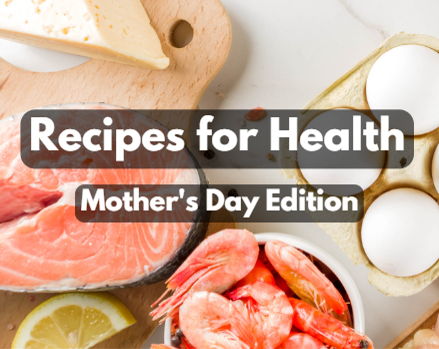In his travels around the globe, Dr. Weston A. Price documented the exemplary health of Indigenous Peoples eating a traditional diet in each region he visited. Here are a few of our favorite
Recipes for Health – Globetrotter Edition


In his travels around the globe, Dr. Weston A. Price documented the exemplary health of Indigenous Peoples eating a traditional diet in each region he visited. Here are a few of our favorite

Summer is definitely here, and if there’s one thing for sure, this time of the year isn’t the same without gathering with family and friends over a delicious, nutrient-dense meal! We hope you

For Independence Day this year, here are a few recipes from the Price-Pottenger kitchen perfect for beating the heat (and supporting your local farmers and growers)! During the summer months, it’s especially important

It’s Mental Health Awareness Month, and, as we believe that the first step in supporting well-being begins in the kitchen, we are delighted to share some of our favorite recipes, packed with brain-boosting

For this Mother’s Day, we are happy to share delicious recipes and important information to help you nourish yourself and the mothers in your life. As Dr. Price noted during his travels nearly
